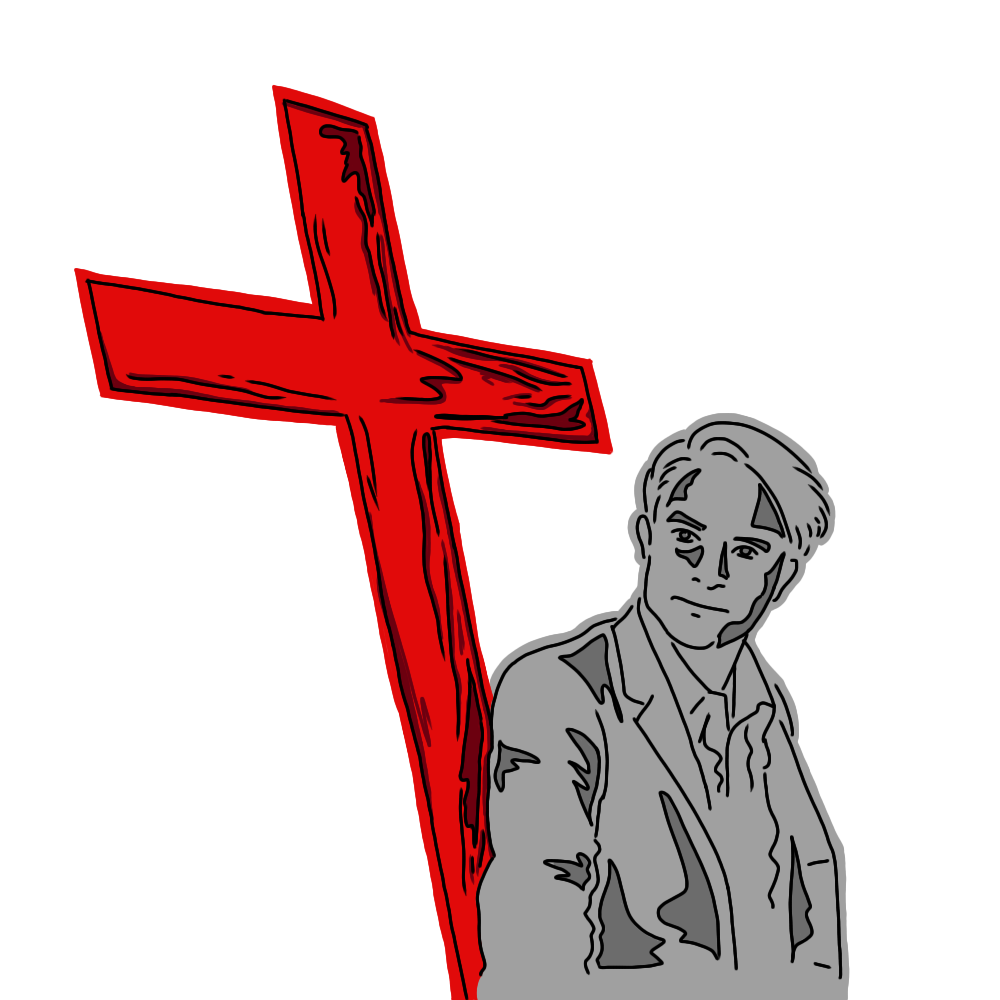
Antonio Campos’ “The Devil All the Time” is one of those movies that is best experienced through a single casual viewing. Under those constraints, it is a perfectly enjoyable film. However, if you watch it through a more critical lens, it starts to become a bit frustrating. I have been a fan of mediocre movies that know exactly what they are and what they are trying to do. By no means is “The Devil All the Time” a bad movie, it just does not have consistent success across the board. The overall message and religious critique get muddled. The Netflix original film follows several people in a small town, starring Tom Holland who is devoted to protecting the family he has left from morally dubious characters.
The acting performances work as the most redeeming components of the film. Before seeing the movie, I had guessed (correctly too) that the film was chock-full of young actors trying to break out of certain casting molds that they had found success in. Both Sebastian Stan and Robert Pattinson are still coming out of loveable roles that fans have come to find comfort in. In “The Devil All the Time,” they both play irredeemable scumbags, and you can tell they had fun doing it. Pattinson clearly had a larger task ahead of him, shaking off his association with the “Twilight” franchise. Tom Holland, Gen Z’s favorite Spider-Man, had the most to gain from this film. While he was the protagonist, he enacted his vigilante justice in morally ambiguous ways.
Stan has played the slimy bad guy before, but, despite being well known for his Marvel role, he knows how to play an even darker character in this film. Pattinson, however, has been fighting against the teen heartthrob vestige for years. We are entering into a Robertissance, if you will, as evidenced by his stellar performance in “The Devil All the Time.” Not only is Pattinson’s character the most hated, which can be seen in the attempted egregious crimes that most conventional villains avoid, but he is also the most troublesome. Even his accent is a subject of debate and contention. It is surprisingly high, nasally, and serves as a welcome addition to his clammy, vermin-like character.
Additionally, the portrayal of Christian characters seems inconsistent. Campos uses religion as a crutch, in a lazy way, when characters need to make illogical decisions for the sake of the plot. The film also can never seem to decide on what exactly it is trying to convey. There is not a firm decision by the end on the role that religion plays. Even in the best of circumstances, it turns good people in the movie violent and vengeful, and causes them to be constantly on the run. And while no film needs to solve that for us, the movie acts like Holland’s character arc serves as the entire resolution. Whether they were given a peaceful last moment, a final redemption or a violent end, seemed to be the director signaling to us what we are supposed to think about the story. The closest thing resembling a message in this film was how the characters’ deaths reflected the ethics that they practiced while alive. In other words, conventionally “good” characters died after making peace with God, “morally ambiguous” characters died after enjoying a final peaceful moment and “evil” characters suffered more violent ends. The problem with this is that if it is true, it does not tell us anything except that there is a separation from good, bad and grey people. It stops there, and there is no additional takeaway given to us. The viewer takes away little valuable substance from a film that had the potential to offer more.
Subscribe to the Mossy Log Newsletter
Stay up to date with the goings-on at Lewis & Clark! Get the top stories or your favorite section delivered to your inbox whenever we release a new issue.

Leave a Reply